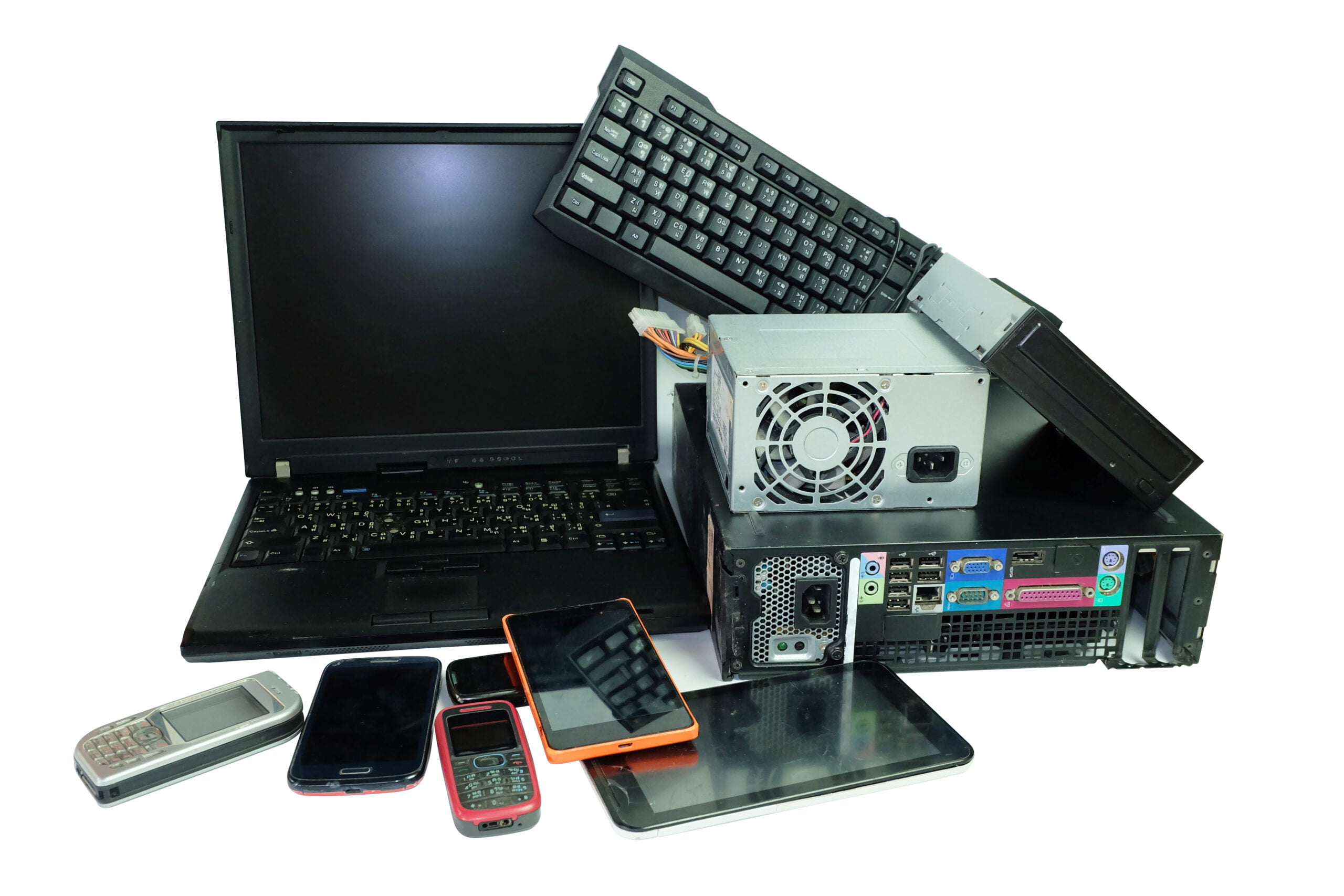
Post-consumer electronics polymers show better recycling when brominated flame retardants are not present. End-of-life WEEE (waste electrical and electronic equipment) plastics from Finland were sorted by polymer type (using X-Ray Fluorescence XRF) and by bromine content (containing or not brominated FRs). ABS, PC-ABS and PS (polystyrene) fractions were mechanically recycled (crushing, remelt, injection molding) then mechanical properties were tested (melt flow index, tensile strength, tensile modulus). Results showed difficulties sorting polymers in dark-coloured materials, general compatibility of the end-of-life WEEE polymers with recycling. Mechanical properties after recycling were better when polymers were sorted, and were poorer for bromine-containing fractions than for fractions without bromine. Given that these are WEEE polymers, the non-brominated fractions can be expected to contain PIN FRs. Comparison between properties of recycled polymers and virgin polymer compounds is not tested.
“The Effects of Bromine Additives on the Recyclability of Injection Molded Electronic Waste Polymers”, V. Lahtela et al., Global Challenges. 2023, 2300157, https://doi.org/10.1002/gch2.202300157